With the relentless march of extra megapixels into full-frame image sensors, it’s good to have an ultra-wide zoom that pays attention to detail. Our top seven lenses are mostly recent designs that aim for excellent sharpness, right across the frame and into the corners.
If you’ve just bought a EOS R full-frame mirrorless camera, then the good news is that thanks to the adapters available, you’ll be able to use these optics on your new camera. It’s worth checking though with third party manufacturers like Sigma and Tamron to see whether they offer full compatibility however.
Best wide-angle lenses for Canon full-frame DSLRs
1. Sigma 12-24mm f/4 DG HSM | A
Sigma ups the stakes with its Art makeover
Type: Zoom | Sensor size: Full-frame | Focal length: 12-24mm | Maximum aperture: f/4 | Image stabilization: No | Minimum focus distance: 0.24m | Filter size: N/A | Dimensions: 102 x 132mm | Weight: 1,150g
The ‘Art’ edition of Sigma’s 12-24mm lens represents a significant upgrade over the previous Mk II model. The variable f/4-5.6 rating of the older lens has been replaced by a constant f/4 aperture, and the improved optical path includes an extra-large-diameter aspherical element at the front of the lens, along with no less than five top-grade FLD (Fluorite-grade Low Dispersion) elements. Fluorine coatings are applied to the front and rear elements, and the mounting plate is weather-sealed. The ring-type ultrasonic autofocus system has also been uprated, with added torque for faster performance, and the lens is compatible with Sigma’s optional USB Dock for applying customization and firmware updates. As for image quality, the new lens delivers greater sharpness, remarkably little colour fringing and minimal distortions for this type of lens. Overall, it’s a spectacular performer.
2. Canon EF 11-24mm f/4L USM
It wins out for sheer viewing angle
Type: Zoom | Sensor size: Full-frame | Focal length: 11-24mm | Maximum aperture: f/4 | Image stabilization: No | Minimum focus distance: 0.28m | Filter size: N/A | Dimensions: 108 x 132mm | Weight: 1180g
Canon markets some superb ultra-wide zoom lenses for its full-frame DSLRs. Until recently, however, the only option shorter than 16mm was the EF 8-15mm f/4, which is a fisheye rather than rectilinear lens. Compared with a 16-35mm lens, the 5mm reduction in minimum focal length has a huge impact on the maximum viewing angle. This is actually the most ‘wide-angle’ zoom you get for Canon full-frame DSLRs. As usual for such an ultra-wide lens, the bulbous front element is shielded by a built-in petal shaped lens hood. A lens cap fits over the hood to protect the precious glass in transport. Handling and image quality are excellent but the Canon loses out slightly to the Sigma 12-24mm Art lens for control over colour fringing and distortion.
3. Tamron 15-30mm f/2.8 DI VC USD
A wide aperture as well as a wide viewing angle
Type: Zoom | Sensor size: Full-frame | Focal length: 15-30mm | Maximum aperture: f/2.8 | Image stabilization: Yes | Minimum focus distance: 0.28m | Filter size: N/A | Dimensions: 98.4 x 145mm | Weight: 1100g
This Tamron lens doesn’t go quite as wide as the Canon 11-24mm, but it’s still wider than most. Tamron has developed a line of ‘fast’ zoom lenses that have a constant, wide f/2.8 aperture, complete with image stabilization (VC, Vibration Compensation), and this 15-30mm takes the line-up into ultra-wide-angle territory. Other similarities include impressive build quality, a weather-sealed construction and ring-type ultrasonic autofocus. It’s a big lens but feels well balanced on Canon full frame bodies from the EOS 6D Mark II to the EOS-1D X Mark II and handling is excellent. Sharpness is exemplary from the centre to the extreme edges of images, throughout the zoom range. Colour fringing is controlled well and the stabilizer gives a four-stop benefit.
4. Canon EF 16-35mm f/4L IS USM
A relative lightweight but with top-notch image quality
Type: Zoom | Sensor size: Full-frame | Focal length: 16-35mm | Maximum aperture: f/4 | Image stabilization: 4 stops | Minimum focus distance: 0.28m | Filter size: 77mm | Dimensions: 82.6 x 112.8mm | Weight: 615g
On the face of it, the narrower aperture rating of this lens compared to Canon’s 16-35mm f/2.8 might make it seem less desirable, but the weather-sealed build and handling are similarly impressive. Bonuses include a more compact and lightweight form factor, an attachment thread for easy use of filters, and the addition of a four-stop image stabilizer. Centre-sharpness is fabulous throughout the zoom range, even at the widest f/4 aperture. Sharpness is also retained well towards the edges, but drops off a bit more than usual at the extreme corners of the frame. There’s very little colour fringing and overall performance is excellent, making this lens a smart buy at the price.
5. Canon EF 16-35mm f/2.8L III USM
The new and improved version of a classic
Type: Zoom | Sensor size: Full-frame | Focal length: 16-35mm | Maximum aperture: f/2.8 | Image stabilization: No | Minimum focus distance: 0.28m | Filter size: 82mm | Dimensions: 89 x 128mm | Weight: 790g
Like other L-series lenses in Canon’s ultra-wide line-up, the 16-35mm f/2.8 is robust and features weather-seals. Its ring-type ultrasonic autofocus is fast and quiet, and the zoom and focus rings are silky-smooth in operation. This latest version is optically rather better than the Mark II edition, delivering excellent sharpness across the whole frame, along with superb contrast, even when shooting wide-open at f/2.8. However, sharpness and contrast aren’t significantly improved over the EF 16-35mm f/4L IS USM, and that lens also features image stabilization along with a more regular 77mm filter thread, compared with this lens’s 82mm thread.
6. Canon EF 17-40mm f/4L USM
An old-timer that’s still got something to offer
Type: Zoom | Sensor size: Full-frame | Focal length: 17-40mm | Maximum aperture: f/4 | Image stabilization: No | Minimum focus distance: 0.28m | Filter size: 77mm | Dimensions: 83.5 x 96.8mm | Weight: 500g
Like most (but not all) of Canon’s up-market L-series lenses, this one features weather seals, including a rubber ring around the mounting plate to guard against the ingress of dust and moisture. It’s one of the least ‘ultra-wide’ zooms in the line-up but is also the most affordable. Autofocus is very rapid and the manual focus ring is smooth and precise, both in manual focusing mode and during override of autofocus. The action of the zoom ring is similarly smooth. There’s no optical stabilizer in this lens, but sharpness is impressive even at the widest aperture of f/4, which remains available throughout the entire zoom range. There’s some vignetting (darkening of image corners) but it’s no worse than average for this type of lens, and in-camera corrections are available in recent Canon DSLRs.
7. Tokina AT-X 16-28mm f/2.8 PRO FX
Impressive features but performance is average
Type: Zoom | Sensor size: Full-frame | Focal length: 16-28mm | Maximum aperture: f/2.8 | Image stabilization: No | Minimum focus distance: 0.28m | Filter size: N/A | Dimensions: 89.9 x 133.4mm | Weight: 950g
This is a large and heavy ultra-wide zoom, typical of those with an f/2.8 constant aperture rating. It employs a GMR (Giant Magnetoresistance) autofocus module which, according to Tokina, gives faster, quieter autofocus. That’s certainly true compared with some of Tokina’s older lenses, and this one retains the trademark ‘one-touch focus clutch’. It’s essentially a push-pull mechanism coupled to the focus ring, for switching between autofocus and manual focus. Handling and image quality are very good, with high levels of centre sharpness and well-restrained colour fringing, although the corners could be sharper. As with a growing number of competing lenses, there’s a built-in hood but no filter attachment thread.
Source: techradar.com









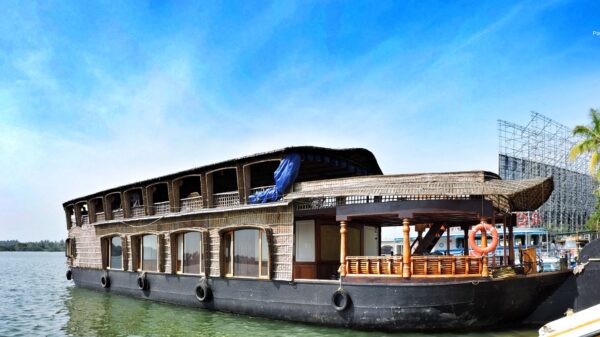
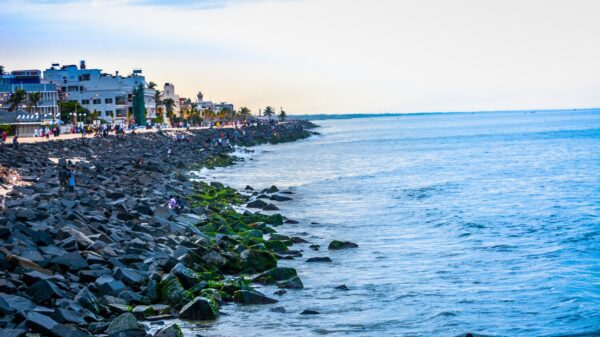








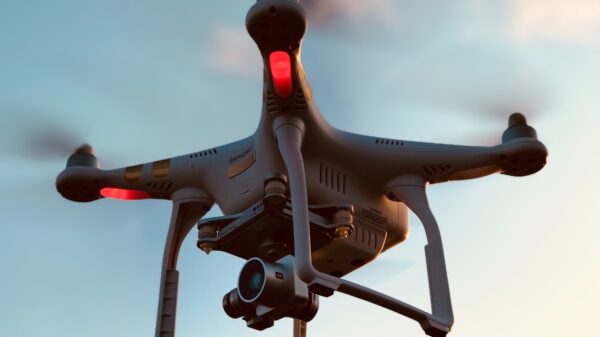














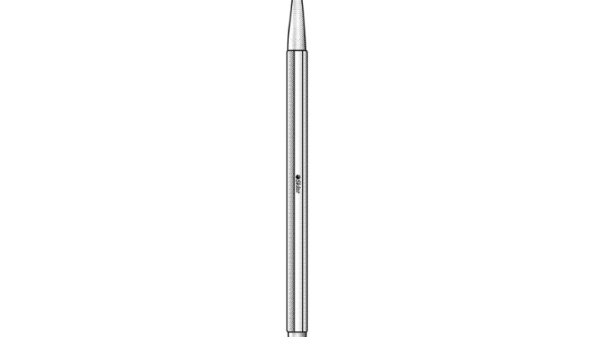


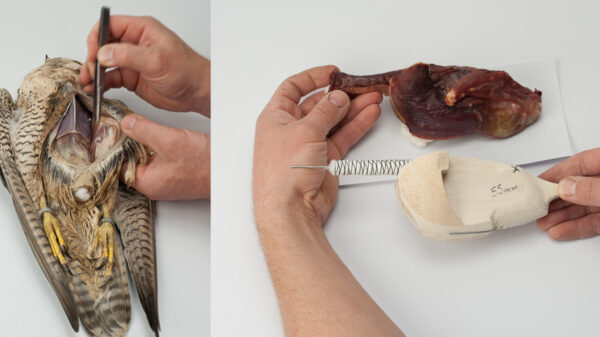

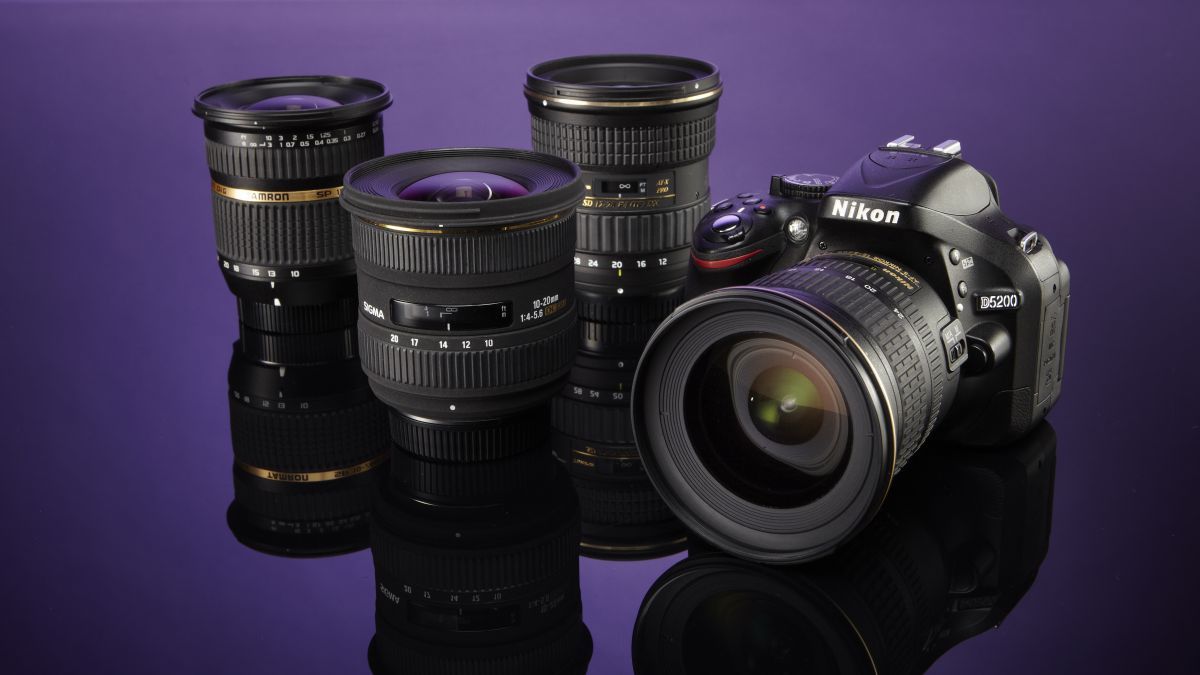









You must be logged in to post a comment Login